Introduction In the rapidly developing field of industrial automation, memory modules are key to ensuring system stability, data integrity and high-speed communication between controllers and field devices. As a core component in the control system, ABB's MEM86-3*192 CMBMR3 memory board provides reliable and scalable memory support for complex industrial applications. Its high reliability design makes it play an important role in real-time control and system diagnostics in harsh environments. High reliability memory architecture The MEM86-3*192 CMBMR3 memory board is designed with fault tolerance and stability as the core concept. It uses non-volatile memory technology to keep data intact even in the event of sudden power outages or system restarts. The "3x192" configuration means that it has a segmented memory structure that supports distributed data access and optimized memory mapping. The module's built-in advanced error correction code (ECC) technology can automatically detect and repair minor memory errors to prevent system crashes or data corruption. This feature makes it very suitable for scenarios with extremely high requirements for system stability and data accuracy, such as energy distribution systems, manufacturing plants and process automation systems. Seamless integration with ABB control systems Another major advantage of the MEM86-3*192 CMBMR3 memory board is that it can work seamlessly with the ABB automation platform. It is particularly suitable for integration with ABB's controller system (such as AC 800M, etc.) to achieve fast configuration, data synchronization and efficient debugging. Because ABB uses standardized hardware interfaces, the installation and replacement of this module does not require special tools, and maintenance operations are simple and fast. In addition, firmware upgrades can be performed uniformly through a centralized management system, significantly reducing maintenance time and improving the flexibility of system upgrades. Industrial applications and performance advantages In actual applications, the MEM86-3*192 CMBMR3 is widely used in multiple industrial fields. Its rugged industrial design and excellent memory capacity enable it to perform well in performing complex logic processing and real-time data acquisition. Whether it is a high-speed packaging line or a critical power grid monitoring system, the module can support high-frequency read and write operations without performance degradation. At the same time, the memory board has the advantages of compact structure and low power consumption, which helps to build an efficient system architecture and reduce energy consumption for large-scale applications. Its support for deterministic control also makes it critical in time-sensitive scenarios such as robotic automation and safety interlocking. Conclusion ABB MEM86-3*192 CMBMR3 memory board is an indispensable core component in modern industrial automation systems. With ex...
Read More
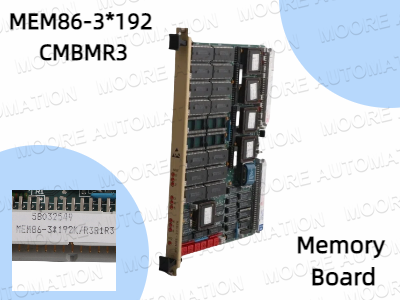
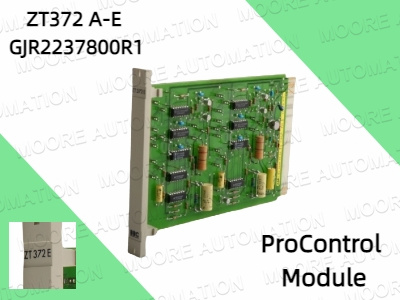
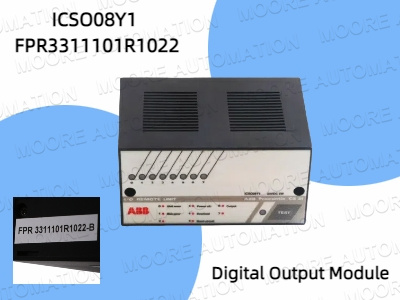
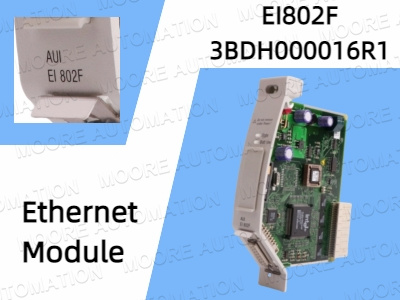
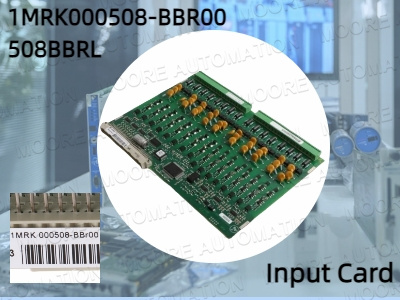
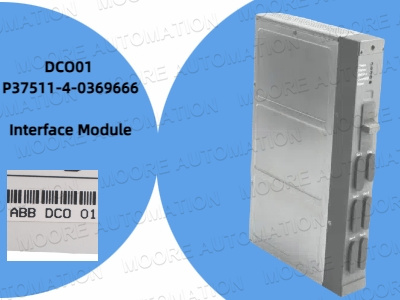
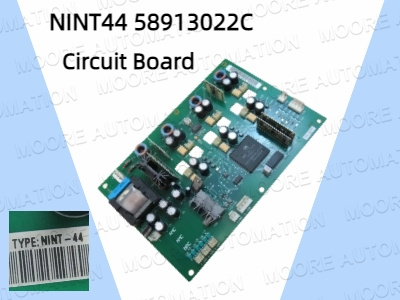
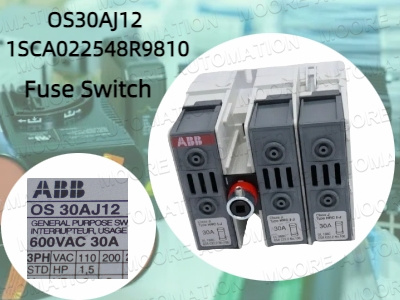
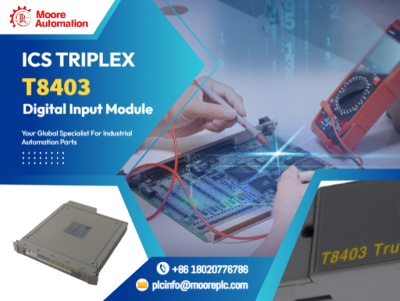

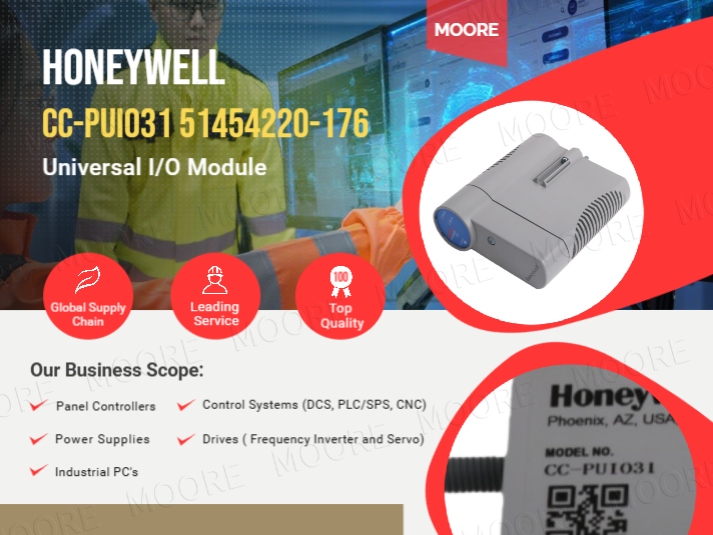
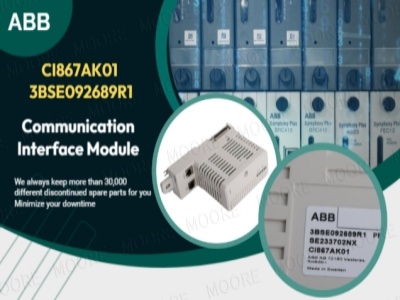












 IPv6 network supported
IPv6 network supported